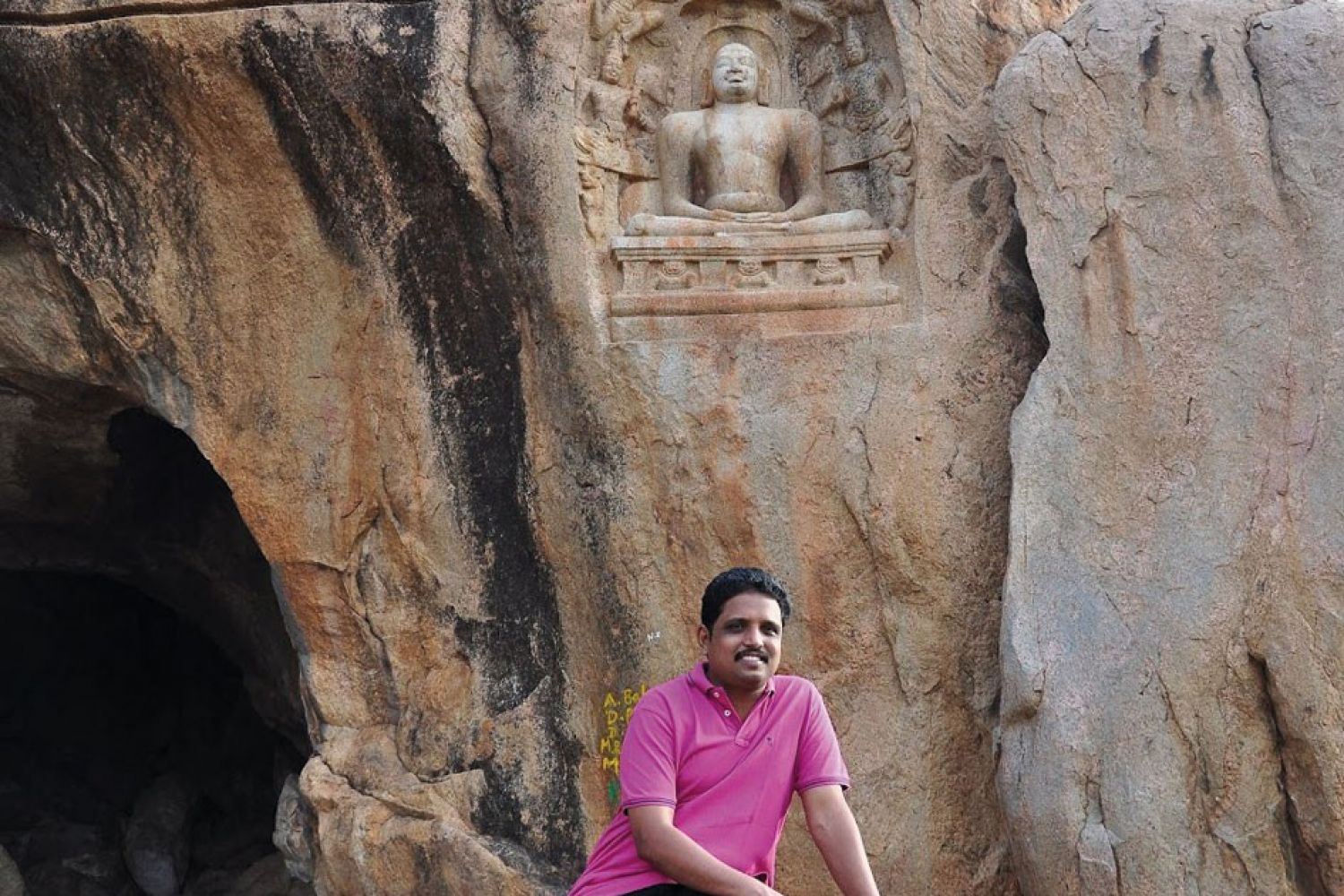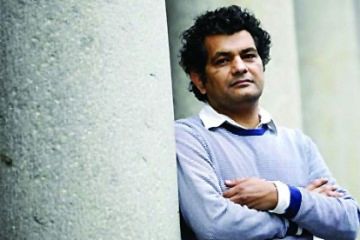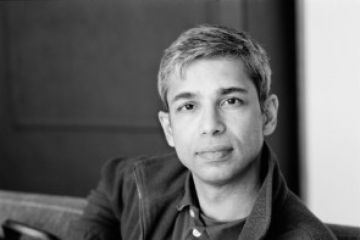
Tamil has a literary
heritage and a rich poetic literature dating back to the Sangam era (1st
century BCE). Tamil prose, however, is of recent origin and the novel was
unheard of till the late 19th century. The first short story in Tamil,
“Kulathangarai Arasamaram”, by the freedom fighter Va. Ve. Su. Iyer came out in
the early 20th century; the first novel Prathapa Mudaliar Charithram was
written in the late 19th century.
Since then there has
been a giant leap in Tamil prose writing





